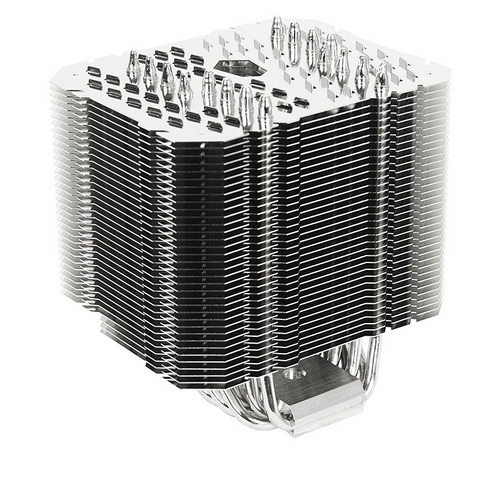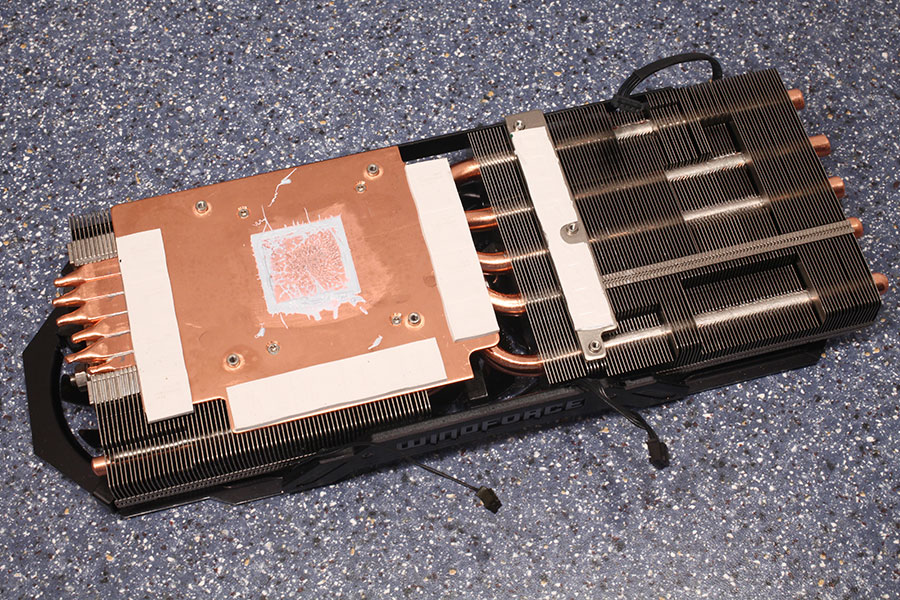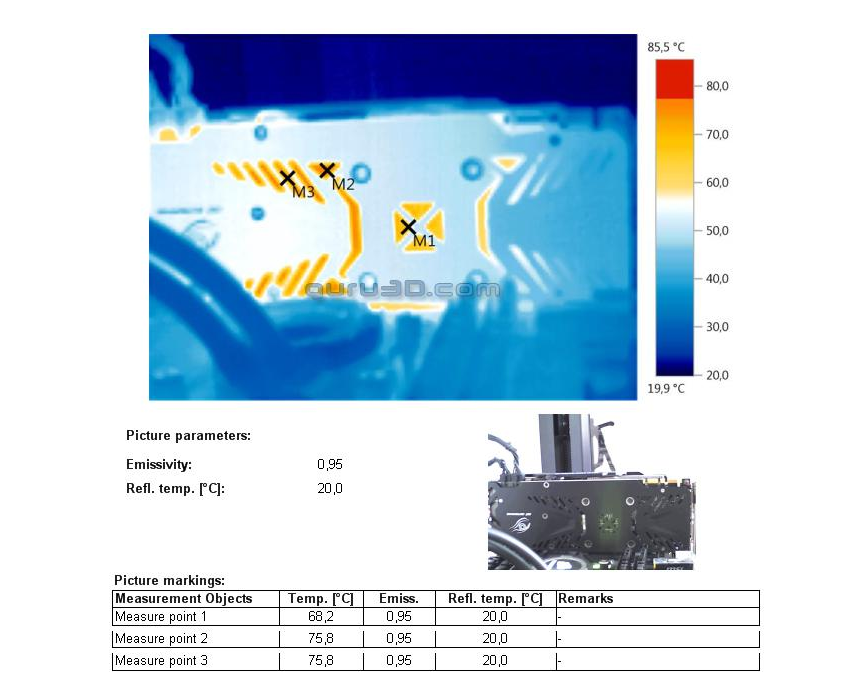Just to clarify that they have plenty of stock.This is kinda strange... beginning to smell like a paper launch, but the day has a couple more hours.
Gibbo overclockersuk's employee who sources products there said:
That quote was in reponse to a photo they posted and a member saying "is that all there is".Nope EVGA is excluded as we have over 100 of those too, we also have more of the other brands, just not in the photo.
We have over 500 cards IN STOCK right now ready for 14:00.
He has said pre-orders will be accepted for custom AIB 1080 from 2pm, so I got a feeling they launch soon after Computex.
Cheers






